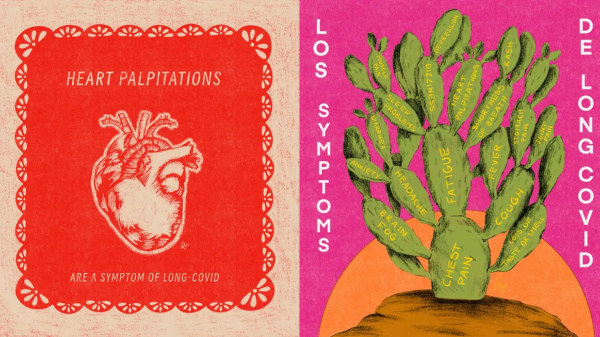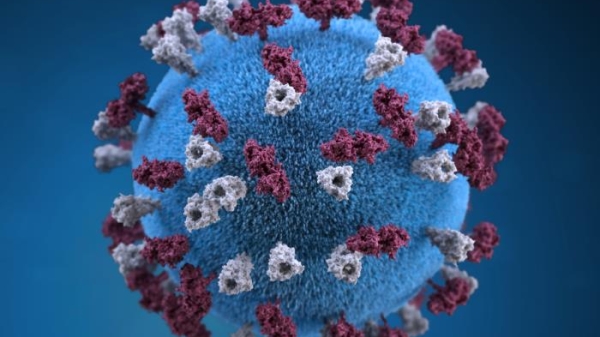Early flu cases rise sharply in Arizona
Vaccine remains best form of protection, says ASU Health Services medical director

Graphical representation of a generic influenza virus. Image courtesy: cdc.gov
The spread of influenza across the U.S. usually starts slowly in October and peaks with the most reported cases near the end of flu season in February and early March.
This season started differently.
Arizona has already reported over 2,400 laboratory confirmed cases so far in Maricopa County, a nearly 1,000 percent increase from the same time period last year, according to county statistics.
Experts say the best protection from the flu is the vaccine, despite recent news reports painting a gloomy prediction of this year’s effectiveness. The reports stemmed from an interim estimate against one strain of the virus during Australia’s most recent flu season. But it’s too early to tell what will happen here, said Arizona State University’s top physician.
“The H3N2 virus is the one predominantly circulating in the southern hemisphere and that particular strain was found to be only 10 percent responsive to the current vaccine,” said Dr. Stefanie Schroeder, ASU Health Services medical director. “Even though the flu was particularly virulent in the southern hemisphere, it tends to mutate and drift as it comes north and the experts are not certain that we will have the same experience.”
Vaccine effectiveness varies depending on the strain, since more than one type of virus circulates during flu season. The U.S. Centers for Disease Control and Prevention point out that the best predictor of effectiveness for the current flu season is to look back at the previous season. Last year the overall effectiveness against all circulating flu viruses was 39 percent.
Even during years of low vaccine effectiveness, there are benefits to vaccination.
“Ten percent protection is better than no protection, and the flu vaccine does help with herd immunity,” Schroeder said. “It also lessens the severity of the symptoms if you do get the flu.”
Herd immunity, also referred to as community immunity, makes it difficult for germs to spread when more people are vaccinated. This helps everyone but in particular it offers some shielding to those who cannot be vaccinated due to medical conditions or weakened immune systems.
The current vaccine targets the four most common strains of the flu virus, Schroeder said.
It is estimated that on average more than 4,000 people in Arizona are hospitalized from flu complications and about 700 people die from flu each year. Young children, the elderly, pregnant women and people with chronic medical conditions have the highest risk of flu complications.
Sometimes it’s difficult to differentiate between having the flu or a common cold. Symptoms can be similar — stuffy nose, sore throat, chest discomfort and cough. But a person with the flu is more likely to also experience other symptoms such as fever, headaches, general aches and pains, fatigue or extreme exhaustion.
“The recommendation is still to get vaccinated, practice good handwashing hygiene, hydration and get plenty of rest,” Schroeder said.
Because it takes about two weeks for people to build the antibodies after the vaccine, Schroeder recommends that anyone interested in receiving the vaccine do so as soon as possible. Vaccines are still available at ASU Health Services on Tempe, Downtown Phoenix, Polytechnic and West campuses.
More Health and medicine

Health communication program brings long COVID awareness to Latinos
After COVID-19 hit the Latino community especially hard, Gilberto Lopez created COVIDLatino, a health communication program…

Gates Foundation to fund research on antibiotic resistance
Antibiotic resistance, what happens when germs develop the ability to defeat the drugs designed to kill them, is a growing…

ASU epidemiologist on the rise in US measles cases
The Centers for Disease Control and Prevention issued an alert this month about a rise in measles cases worldwide. And as of…